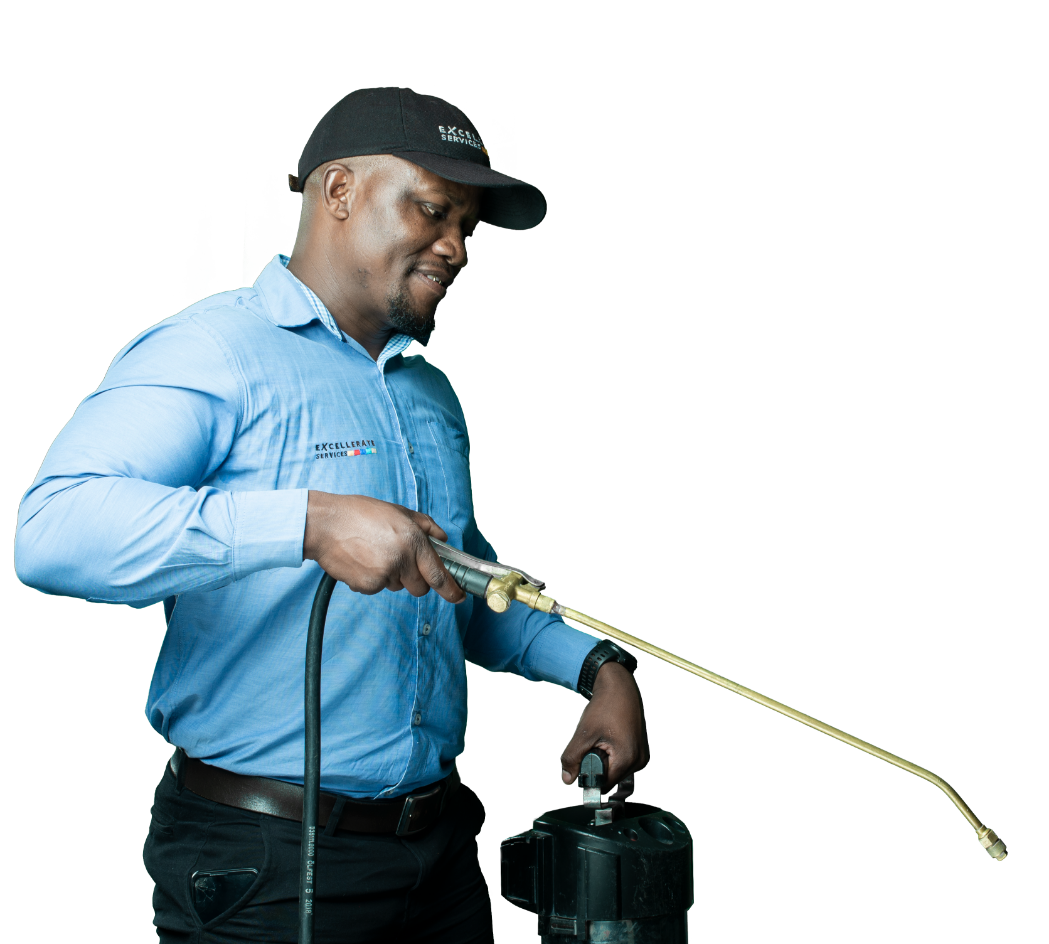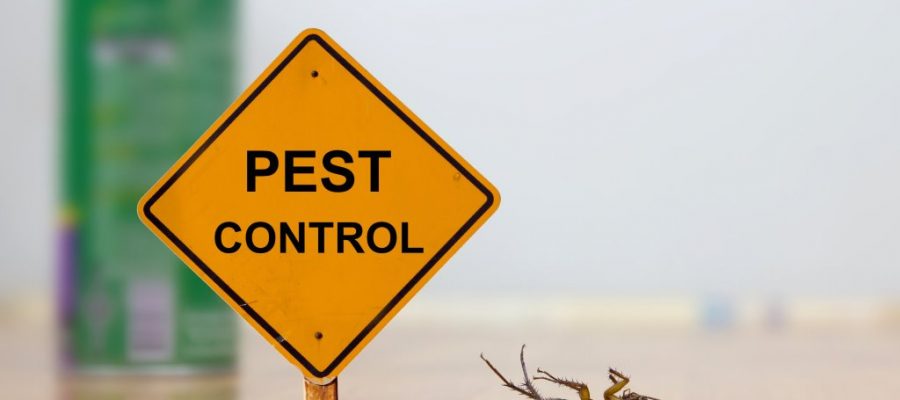Trust top-rated Pest Control for guaranteed pest prevention and peace of mind.
Eco-Friendly Bug Control Approaches for Taking Care Of Wildlife in Urban Areas
Urban areas typically discover themselves at the crossway of human activity and wildlife, leading to distinct difficulties in parasite management. These approaches not just secure the setting but also enhance area involvement in wild animals administration. As urban populaces continue to expand, recognizing the characteristics of wildlife interactions comes to be progressively vital.
Recognizing Urban Wild Animals Characteristics
Comprehending Urban Wildlife Dynamics is necessary for establishing efficient and eco-friendly bug control methods. Urban areas are increasingly ending up being habitats for numerous wildlife varieties, driven by factors such as habitat fragmentation, food schedule, and human advancement. Recognizing these characteristics enables a nuanced technique to pest management that straightens with eco-friendly principles.
Urban wildlife frequently consists of species such as raccoons, squirrels, and birds, which adapt to city settings, discovering niches in green rooms, parks, and even residential areas. Their presence can lead to problems with humans, particularly when they manipulate personnels for food and sanctuary. Understanding the behaviors and ecological functions of these species notifies approaches that reduce adverse communications while promoting biodiversity.
Additionally, recognizing the interdependencies within city ecosystems aids in identifying essential locations for environment preservation and reconstruction. This understanding adds to the development of incorporated bug administration (IPM) methods that take into consideration the eco-friendly balance, therefore lowering reliance on damaging chemicals. By fostering coexistence in between humans and urban wildlife, cities can produce much healthier atmospheres that profit both citizens and local ecosystems, paving the means for sustainable urban living.
Natural Repellents and Deterrents
All-natural repellents and deterrents use a lasting alternative to conventional pest control techniques by taking advantage of the power of nature to keep unwanted species away. These environmentally friendly solutions generally make use of plant-based ingredients, essential oils, and various other normally occurring compounds that discourage bugs without hurting the setting.
One efficient natural repellent is peppermint oil, which is understood to ward off rats and pests. Its solid aroma is undesirable to numerous bugs, making it a prominent choice for metropolitan setups. Vinegar and citrus peels can offer as deterrents, as their solid smells are generally uninviting to different wildlife.
In addition, diatomaceous planet is a natural powder that can be spread out in areas vulnerable to parasite task, properly dehydrating and preventing pests without presenting dangers to non-target varieties. Furthermore, garlic sprays and neem oil are acknowledged for their capability to repel a wide variety of pests, consisting of both pests and larger wild animals.
Executing these all-natural repellents not only lowers dependence on chemical pesticides however additionally advertises a much healthier metropolitan ecological community, cultivating an extra balanced conjunction in between humans and wild animals. By making use of these strategies, urban locations can effectively manage parasite populations while decreasing ecological impact.
Environment Adjustment Techniques
Effective environment adjustment methods play a vital role in sustainable insect management by altering the atmosphere to make it much less favorable to pest invasions. By comprehending the eco-friendly characteristics of city areas, homeowner can apply tactical modifications that deter insects while promoting biodiversity.
(Bed Bug Exterminator)One primary strategy includes preserving correct sanitation. This includes routine waste elimination, safeguarding garbage bins, and removing standing water to minimize breeding websites for bugs and rats. In addition, landscape design practices such as choosing indigenous plants can improve environmental balance, providing environments for beneficial microorganisms while reducing sources for insects.
An additional vital method is to seal access factors in buildings. Inspecting and repairing splits in structures, walls, and windows can considerably lower pest accessibility. Moreover, producing physical barriers, such as fences or plant barriers, can hinder wild animals activity into human-inhabited areas.
Integrated Insect Management Practices
Structure upon habitat alteration methods, integrated insect management (IPM) practices offer a holistic technique to managing insect populations while reducing ecological influence. IPM combines different approaches, including organic, social, mechanical, and chemical controls, to attain effective bug administration.
Organic control involves the introduction of natural killers or parasites to decrease pest populaces. Social practices, such as crop rotation and cleanliness, interfere with pest life cycles and reduce their environments - Pest control service. Mechanical controls, like catches and barriers, give instant remedy for insect stress without chemical intervention
Chemical controls are used as a last resource, concentrating on targeted applications that limit harm to non-target species and the environment. The option of environmentally friendly pesticides, when required, is indispensable to the IPM framework. Furthermore, checking parasite populaces and assessing potential damages helps educate decision-making, guaranteeing that interventions are prompt and effective.
Community Participation and Education

(Lawn pest control Port Charlotte)Workshops and informative sessions can equip residents with expertise about native types, habitat preservation, and reliable safe pest administration techniques. Partnership with institutions, regional companies, and federal government agencies additionally boosts instructional outreach, making certain that necessary info gets to varied target markets.
In addition, community-led campaigns, such as community clean-up days and habitat repair see this page projects, not only advertise biodiversity but also enhance neighborhood ties. Pest control service. By encouraging locals to share their experiences and monitorings, communities can develop targeted methods that address certain local bug issues
Integrating feedback from citizens into pest monitoring plans enables a more responsive and adaptive method to wild animals challenges. Ultimately, educated and engaged communities are key to accomplishing long-term success in green insect control, leading to healthier urban settings that appreciate both human and eco-friendly demands.

Conclusion
In final thought, environment-friendly insect control approaches deal lasting options for taking care of metropolitan wild animals. By focusing on environment adjustment, making use of natural repellents, and carrying out integrated parasite administration techniques, communities can promote an unified coexistence with neighborhood fauna.